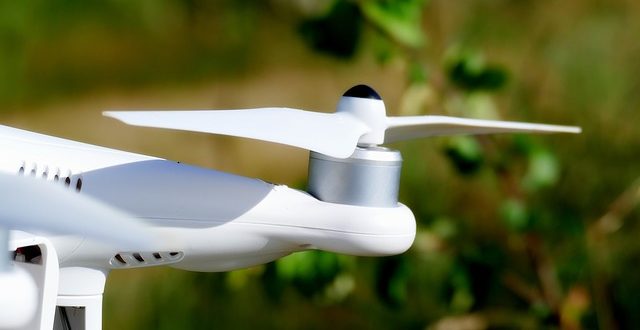The military’s ability to carry out air transport services is an essential factor of almost every operation, so every percent of efficiency enlargement is significant.
One way of efficiency enlargement is decreasing the fuel-consumption of cargo planes since planes use up an enormous amount of fuel during take-off and reaching the cruising altitude in a short period of time. By reducing this, a significant efficiency enlargement can be achieved.
The take-off supporting drone would be a convertiplane powered by electricity and it would be as big as an external fuel tank. Instead of the rotation of the conventionally structured power engines located at the wing-tips, in this case the whole drone itself would swing to change between airplane and helicopter mode.
To the fuselage of the drone a coaxial rotor would adjoin longitudinally, whose rotor blades would be adjustable according to the dual mode of operation, and the swing required to change between the modes would be made possible by maneuvering wings adjoining the fuselage of the drone.
The drone would be developed explicitly to the usage of the universal pylon installable under the wing of the C-130 Hercules military transport plane, so before take-off two drones could be installed onto a C-130, so that the rotor blades of the drones’ coaxial rotors would be positioned on the sides of the wings’ trailing edges in contrast with the C-130’s own propellers.
There would not be a regulating lever on the control panel of the C-130’s cockpit to change the power-output of the drones, but similarly to petrol-electric hybrid cars, the drones’ power-output would automatically adjust to the output changes of the C-130’s turboprop engines. So, before take-off, pilots only had to activate standby mode of the drones. During take-off and reaching the cruising altitude, the operation of the drones would be controlled by the onboard flight control computer.
After reaching the cruising altitude, the pilots could jettison the drones from the universal pylons, and the drones would return to the initial airport in airplane mode. The maneuvering wings of the drones would provide enough lift force to do this. Above the airport, the drones would swing into vertical position and change into helicopter mode. Then, with the help of the deployable landing legs, the drones would land as helicopters. This method is similar to the method used by the Falcon 9 carrier rocket, which lands with the help of deployable landing legs.
The advantages of drone-using:
Thanks to the development of the V-22 Osprey tiltrotor aircraft, the most significant technologies from the adjustable rotor blades to the essential fly-by-wire system are already at our disposal, so a reasonable amount of money could be enough to carry out the development of the drone.
The drones require low maintenance thanks to the electric engines powered by batteries. Moreover, the maintenance of the drones and the recharge of the batteries is manageable even in battlefield conditions. As a result of this, drones could not only support C-130s taking-off from conventional airports’ runways, but also C-130s taking-off from unprepared runways. Furthermore, the take-off would be more safe thanks to the additional power-output of the drones.
Based on the experience gained during the military usage, the usage of drones can be extended to the civil aviation, since the turboprop passenger and cargo planes similar to the ATR 72 fly really short distances. Because of this, the fuel-consumption during take-off and reaching the cruising altitude has a really significant impact on the operating costs.
www.innovationideas.eu
 Unmanned Aerial Vehicle The latest drone news
Unmanned Aerial Vehicle The latest drone news




